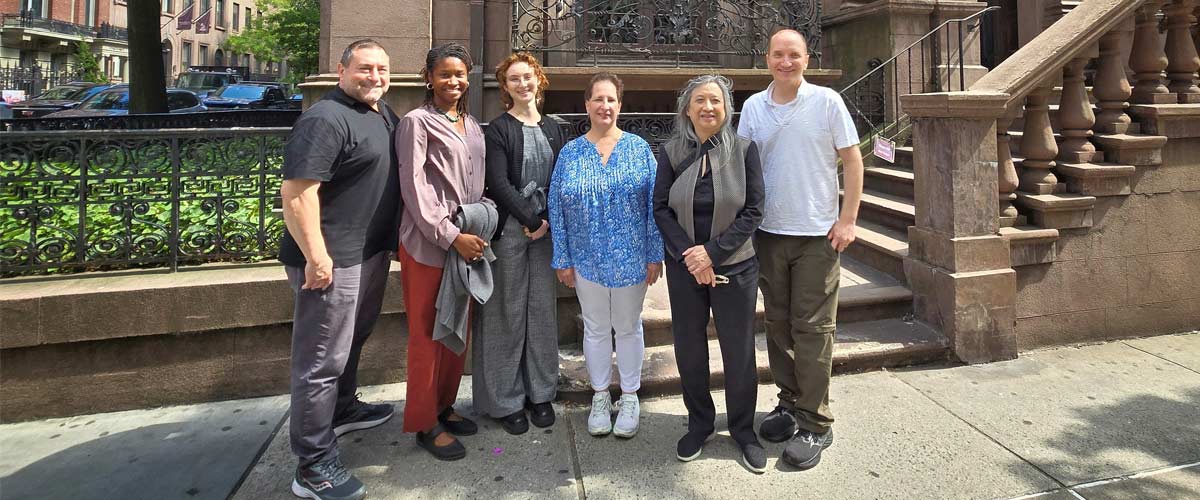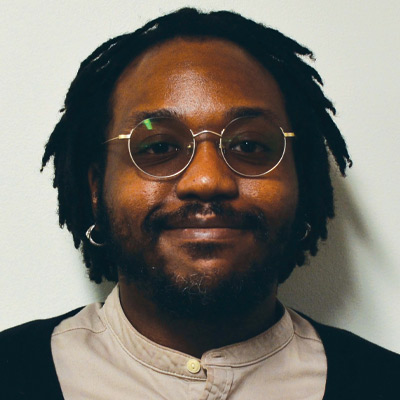
September 8, 2025 — New Yorkers and visitors to the state may know of the Buffalo Philharmonic Chorus, Proctor’s Theatre in Schenectady, Lincoln Center for the Performing Arts in New York City, maybe even the Bronx Museum of the Arts. What they may not know is that all these organizations and thousands of others, are funded, at least in part, by the New York State Council of the Arts (NYSCA).
NYSCA was founded and established in 1960 through a bill introduced by then State Senator MacNeil Mitchell, with the support of Governor Nelson Rockefeller. At the time, it was the first state arts agency established in the United States. Since then, the agency has supported thousands of artists, musicians and other arts and culture organizations in all state counties through direct and regrant funding. Grants from NYSCA can cover anything from direct project support for artists and organizations, to facility maintenance.
Orin Chait is a Program Officer for support of artists and theater. He is also the council leader for PEF Division 364. Chait and his fellow PEF members develop grant opportunities for artists who work in film, media, new technology, theater and interdisciplinary work. Chait works with artists and organizations looking for grants and connect artists with needed resources. He also is involved with the grant peer panel review process.
“NYSCA wrote the book on Arts and Cultural funding in the United States,” said Chait. “Our panel process is the first ever government concept of awarding funding for the arts.”
Gabi Nail is also a program officer for NYSCA. She is the Secretary for PEF Division 364. Her work focuses on making sure that the grants process runs smoothly. She makes sure that contracts are created promptly and communicates with grantees and applicants.
“I also make sure that all the data is in the right place so that program directors have the right information and panelists have their applications ready for review,” said Nail.
The process at NYSCA passes through many levels of review before grantees are awarded funds. Rita Putnam is another Program Officer for NYSCA. She focuses on music and visual arts disciplines. She has been with the agency for 50 years and said when NYSCA was new things were very different.
“We did not have grant applications when I started,” said Putnam. “A music group would just call us and ask for funding!”
Putnam is not alone at NYSCA in terms of longevity. It’s a place where people stay because they love their work.
“I love the arts. I love what I do, and I built a career out of this,” said Jerry Pecchia, an Arts Team Associate who started his career at the age of 17 in the mailroom and is now the Assistant Council Leader of Division 364, as well as Statewide Labor Management Chair and Health and Safety Chair. “People here love their jobs, and they know that they have a good union when they start, too. We are getting talented younger people into the agency and we’re making sure they have a voice in the union.”
Though some of the staff are new and institutional knowledge is imparted every day, Nail and other younger members are getting involved with the union.
“I’m still new to being Secretary, but I have been speaking with Jerry and Orin about how to get more involved,” she said. “And I have been excited to take a more active role and get involved in PEF.”
The agency only has about 30 employees in charge of serving all 62 New York counties. Most of the funding for NYSCA comes from State taxpayers, so during a time when federal funding for the arts is being clawed back across the country, NYSCA continues to operate mostly untouched.
“We thankfully remain operational even after the initial blow to the National Endowment for the Arts (NEA),” said Nail. “It is really reassuring and gratifying to know that we can continue to do our work and mobilize on behalf of the artists who are so passionate about their work.”
New Yorkers, said Chait, should be proud of the work being done at NYSCA to make sure that the arts contribute to New York’s economy.
“Our home state of New York is arguably one of the best places for arts and culture around the globe,” he said. “Our legislators encourage and assist this vital quality of life, without limiting the freedom of artistic expression that is essential for the well-being of people.”

